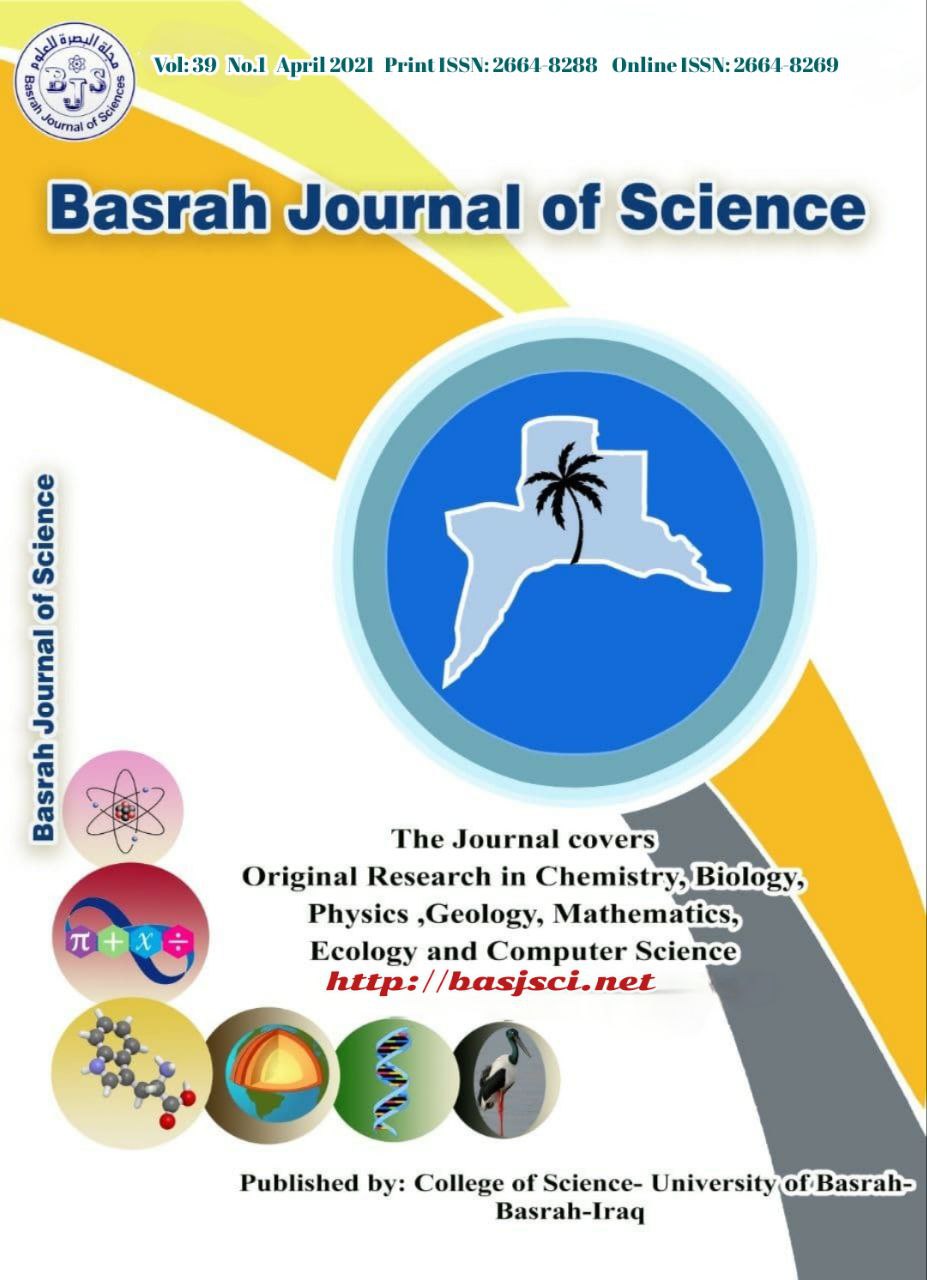First Row Transition Metal Complexes Derived from N, Nʹ-Substituted Thiourea: Synthesis, Geometrical Structures and Cyclic Voltammetry Probe: A Review
Keywords:
Thiourea derivatives, Synthetic methods, cyclic voltammetry, Four-coordinate complexes, Geometrical shape, Metal(II) complexesAbstract
Thioureas or thiourea derivatives as organosulfur compounds are one of the most widely used ligands in different applications as we are going to discuss it extensively such as in coordination chemistry by involving them to rich sources of N, O and S atoms coordinating through S atom, S and O atoms in benzoyl derivatives or S, O and N atoms in pyridyl hetrocylic benzoyl derivatives. These hard and soft donor sites facilitate the bonding between thiourea free ligand and metal ion through one or more to make ligands behave as mono, bi or multidentate ligands to form huge and stable series of the metal complexes. The tautomerism (thiol↔thione) inside the thiourea derivatives is responsible on their flexibility which make them easy capable to coordinate in different modes. Thiourea derivatives and their metal complexes are known in biological area by possess them antibacterial, antifungal, antimalarial, antitubercular, antithyroid and insecticidal activity features. Thioureas used as vital reagent to separate metal ions, catalyst to synthesize organic compounds or as starting material to form different hetrocyclic compounds. The wide range applications of thioureas and their metal complexes has motivated specialized researchers to search new applications for these compounds and to create a novel derivatives. The goal of this article is to present historical survey of thioureas and their metal complexes focusing on: firstly, the development of their synthetic routes by explore reactants, products, catalysis and the conditions of reactions. Secondly: investigation of the geometrical shapes of the produced complexes are reviewed as well as to the coordinated sites with metal centers. Lastly, the electrochemical manners have been lighted by employing cyclic voltammetry (CV) to study the electrochemical behavior of free ligands and their complexes to confirm the oxidation state of the metal ion in its complexes.
Downloads
Downloads
Published
Issue
Section
License

This work is licensed under a Creative Commons Attribution-NonCommercial 4.0 International License.


